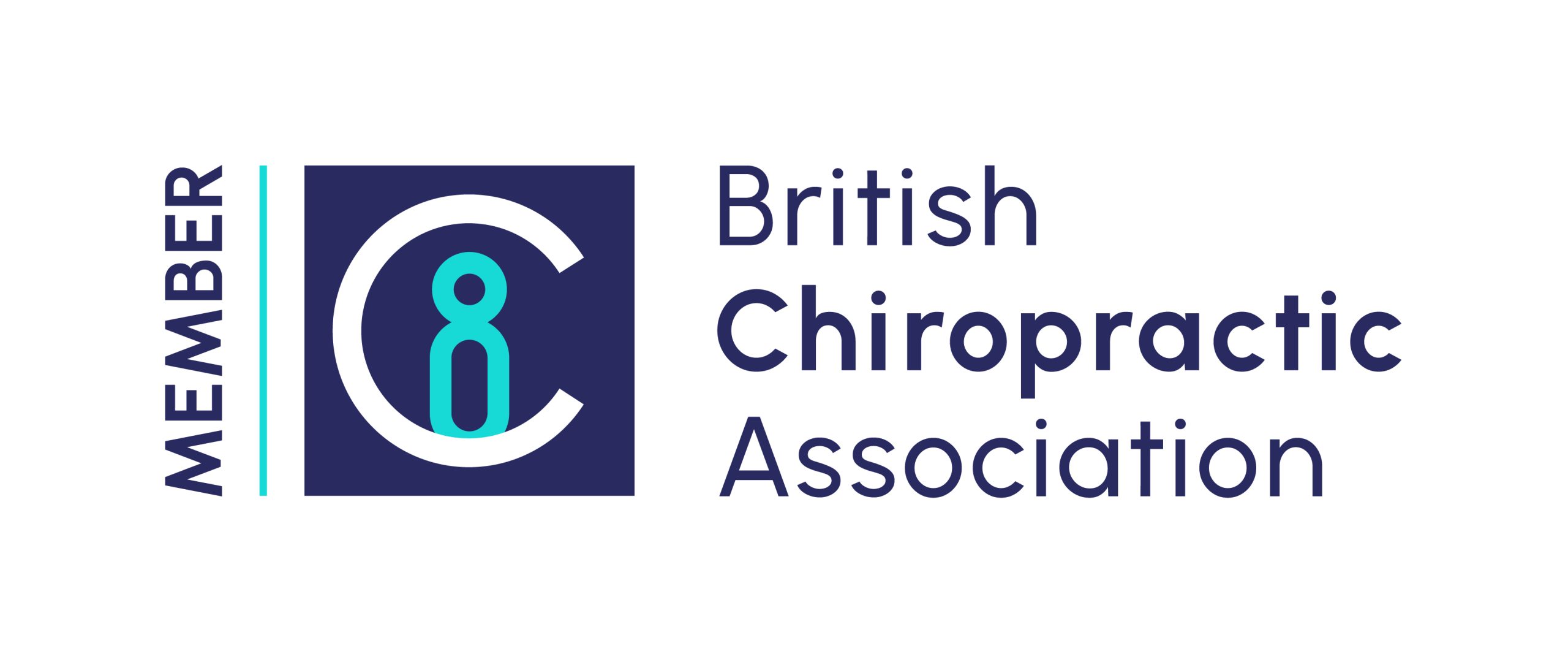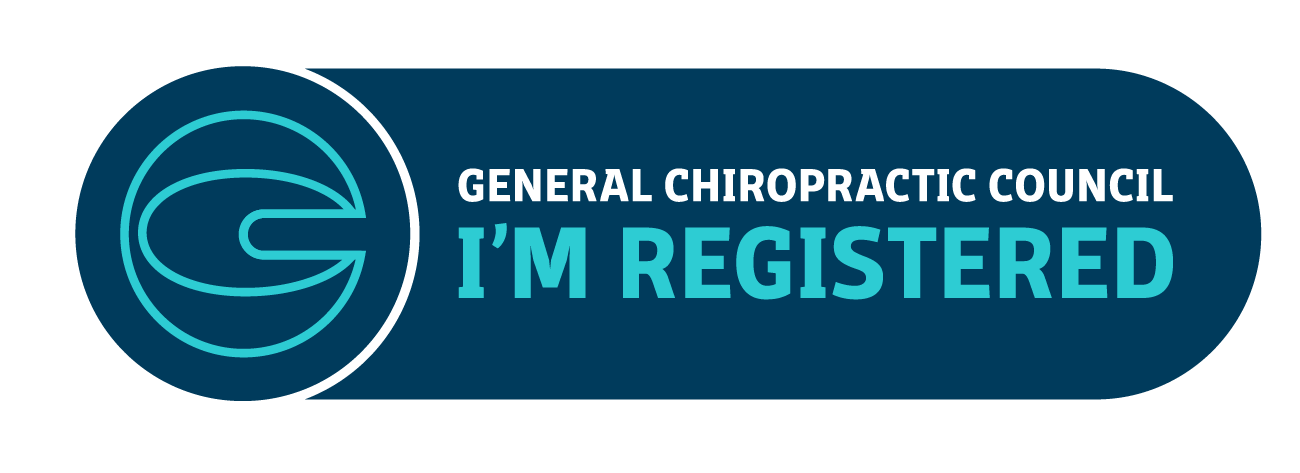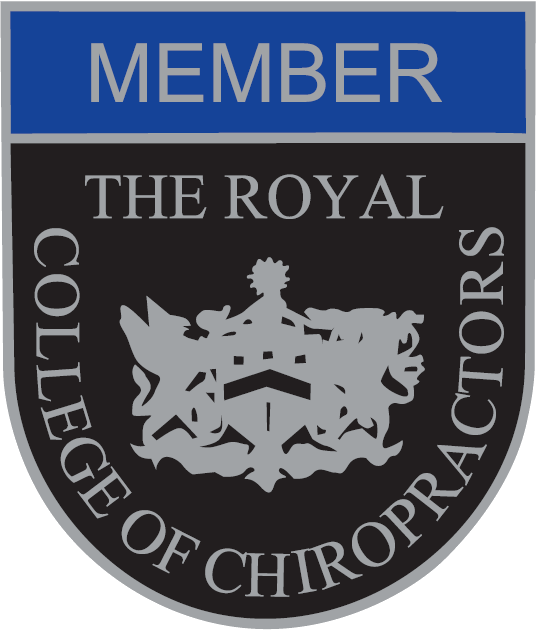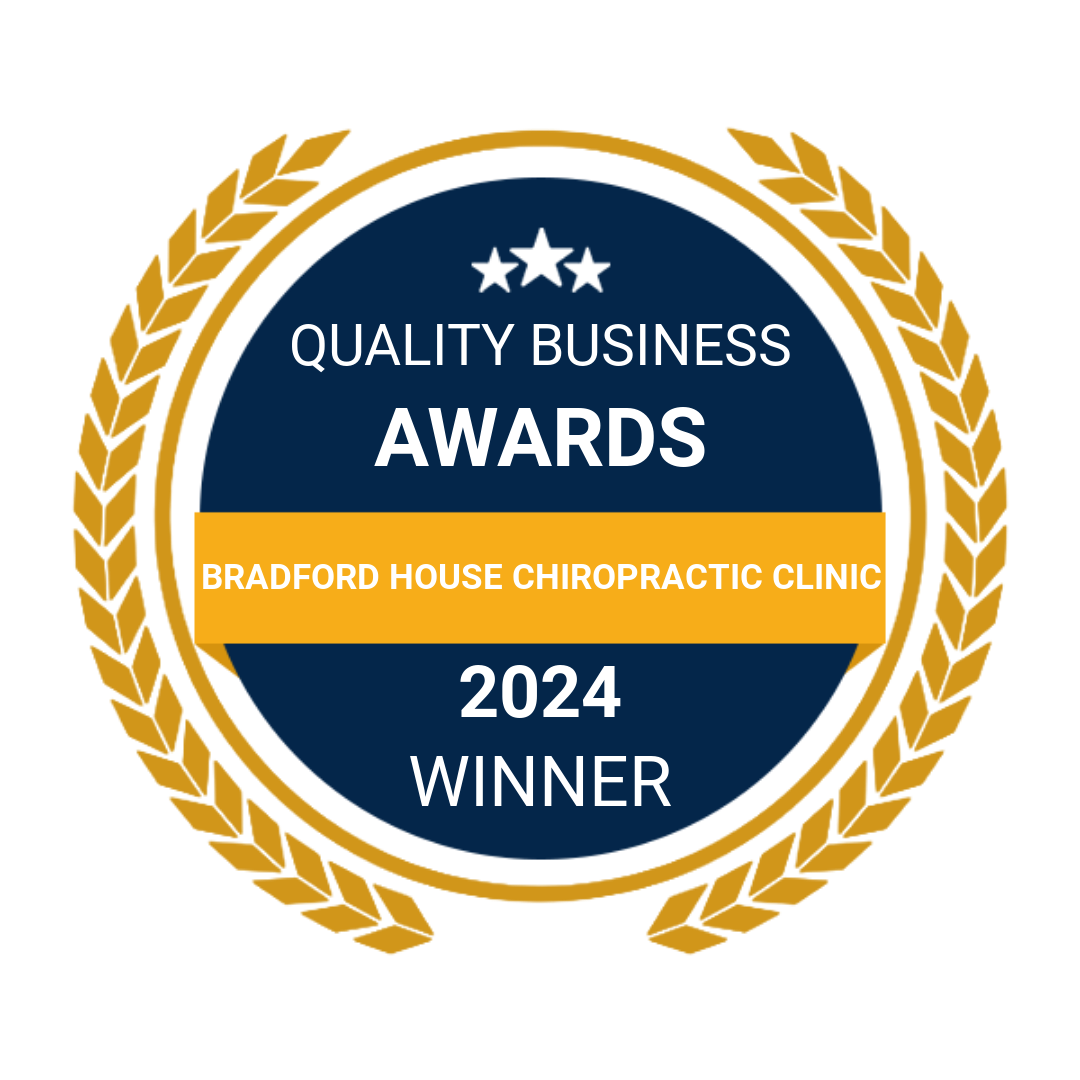 Knee pain is a common condition that most of us will suffer from at some time or other, particularly if we lead active lives and/or, participate in contact sports. Our knees are the largest joints in our body and are quite complicated structures. They have to support our weight, be almost constantly in motion throughout the day and act as a hinge to facilitate all our movements as well as locking into place to form a stable platform when we stand.
Knee pain is a common condition that most of us will suffer from at some time or other, particularly if we lead active lives and/or, participate in contact sports. Our knees are the largest joints in our body and are quite complicated structures. They have to support our weight, be almost constantly in motion throughout the day and act as a hinge to facilitate all our movements as well as locking into place to form a stable platform when we stand.
There are many causes of knee pain, but these can be broken down into the four main areas listed below. The main thing to note, for any type of knee pain, is that the sooner you seek help from your Chiropractor, the more speedily we can assess exactly what is causing the symptoms. Many knee problems can be treated safely, effectively and in a drug-free way, so call us today on 01962 861188 for a consultation as soon as you can!
- Local causes – injury to the knee itself, either caused by trauma or overuse and affecting one or more knee areas (front (anterior), back (posterior), inside (medial) and outside (lateral);
- Referred pain – pain from elsewhere in the body; this could be joint pain in the lower back, sacroiliac or hips, muscle pain from the hips or nerve compression in the lower back, pelvis or thigh;
- Biomechanical causes – (for example, pronation arising from problems with surrounding joints such as in the feet or ankles, hips or pelvis).
There is another cause of knee pain – an underlying problem such as an inflammatory arthritis, infection, Osteomyelitis or a tumour – although this is very rare indeed. Chiropractic care would not be appropriate in these instances and we would immediately refer you for treatment from the appropriate healthcare specialist.
There are many specific causes of knee pain which we can assess you for, and either treat or refer as appropriate:
Common Traumatic Injuries Causing Knee Pain
- Bursitis: An inflammation of the Bursae (which are fluid filled sacs that protect surrounding tissues);
- Posterior Cruciate Ligament tear: This ligament connects the thigh bone to the shin bone and accounts for around one fifth of all knee ligament injuries;
- Medial collateral ligament (MCL) tear: This ligament runs down the inside part of the knee connecting the thigh bone to the shin bone;
- Medial or Lateral meniscus tears: These injuries involve tearing of cartilage tissue. A medial tear is on the inner aspect and a lateral tear is on the outer aspect of the knee joint;
- Fibular head injury: Damage to the head of the fibula bone, the weight bearing ‘calf bone’ that extends from the ankle to the knee.
Common Overuse Injuries Causing Knee Pain
- Patella Tendonitis: An inflammation of the ligament connecting the kneecap to the shin bone;
- Osgood-Schlatter’s syndrome: An irritation of the Patellar ligament causing painful lumps below the kneecap;
- Hamstring tendonitis: Tissue damage to one or more hamstring tendons causing pain at the back of the knee;
- Osteoarthritis: The most common cause of pain and disability in the knee joint – particularly in the over 40s;
- Baker’s cyst: A fluid filled swelling at the back of the knee that causes pain in the knee and calf;
- Medial Collateral Ligament (MCL) sprain: This ligament prevents the knee from bending inwards;
- Iliotibial band syndrome: This is caused when the Iliotibial band that extends from the outside of the pelvis over the hip and knee becomes inflamed. It is one of the chief causes of pain on the outside of the knee for runners and joggers;
- Popliteus tendonitis: An inflammation of the tendon that helps to avoid the lower part of the leg from twisting outwards when running.
Orthotics for Knee Pain
Biomechanical dysfunction in the foot can be a cause of knee pain. At Bradford House Chiropractic, we are experts in prescribing custom orthotics to correct any imbalance and resolve the problem, getting you out of pain fast!
Whatever the cause of your knee pain, we can get to the root of the problem and instigate a treatment plan to get you mobile, out of pain and enjoying life again as quickly as possible.









